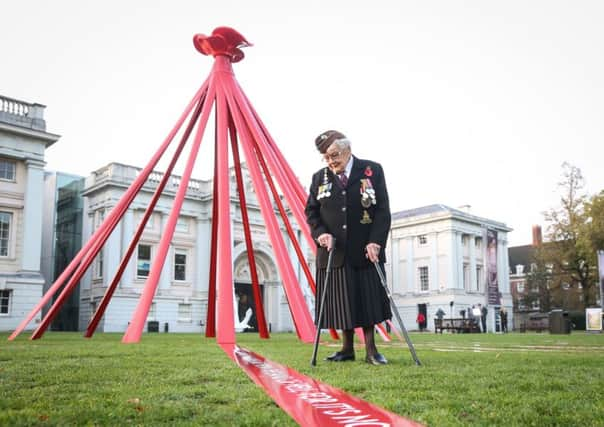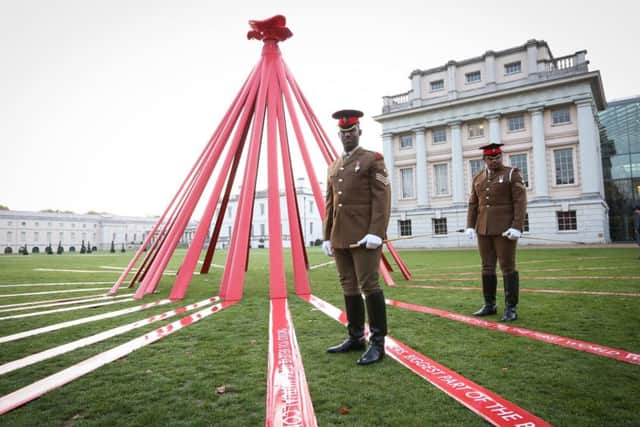The Yorkshire Post says: They will be remembered. A poppy appeal like no other as Armistice centenary is honoured


After all, it was the creation of the vivid Blood Swept Lands and Seas of Red display at the Tower of London, and the planting of a ceramic poppy to mark every British and Colonial soldier killed in the Great War, which did set the tone for the commemorative events that have been taking place since 2014.
With Harry Patch, the last surviving Tommy, having died in 2009, it took this cascade of 888,246 carefully crafted poppies to bring home to contemporary generations the sheer number of young men who never returned from Europe’s bloody battlefields.
Advertisement
Hide AdAdvertisement
Hide AdAnd while this year’s remembrance season will have even more poignancy because it also marks a landmark in time, the silencing of guns and cessation of hostilities to mark the end of the First World War, the community events already being planned across Yorkshire show an appreciation of this conflict’s full horror which has become markedly more discernible.


From acclaimed works of art to simple plaques in communities which help to put faces to the long roll of names inscribed on war memorials, this country will always remember those who were compelled to go “where angels dare to tread” – a haunting line from a poem contained in an unknown Tommy’s will which inspired the original Tower of London poppy display and subsequent commemorations.
This was clear as 93-year-old Barbara Weatherill from Selby, a driver mechanic in the Second World War, helped Theresa May launch this year’s Royal British Legion appeal in 10 Downing Street. For, while the Great War generation will never be forgotten, this annual event matters more than ever, not just as the focal point for acts of remembrance, but so past and present military personnel are supported, and recognised, for their service to their country.